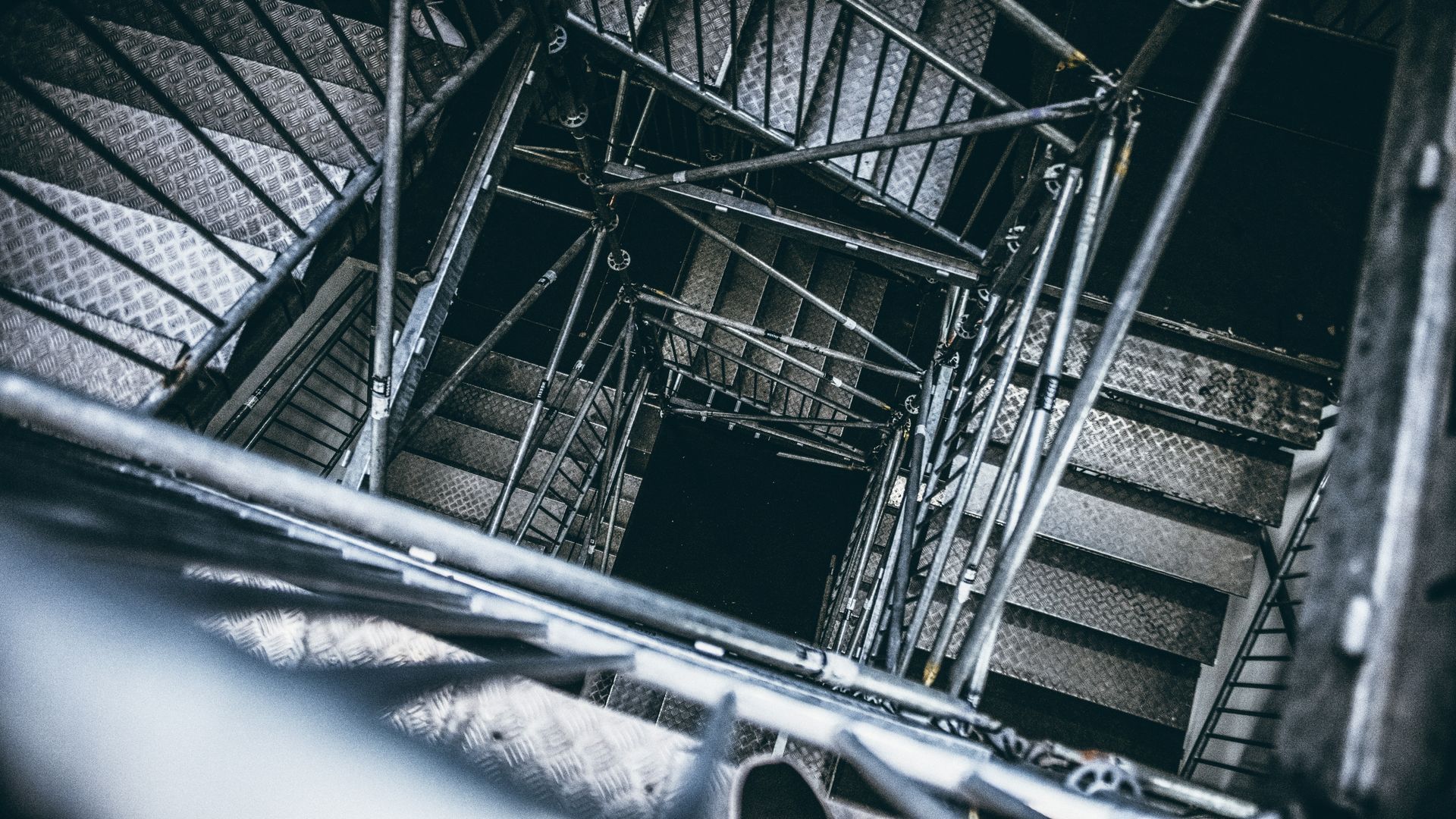Toll Free: (866) 215-0651
Local: (657) 900-2066
Blog Layout
Facility Installation: From Site Preparation to Final Testing
7075472129 • December 6, 2024
Facility installation is a complex and multi-faceted process that requires precision, expertise, and careful planning. Whether you’re setting up a new manufacturing plant, upgrading specialized machinery, or expanding operations, understanding each step in the installation process is crucial for ensuring success. This guide will walk you through the process, from site preparation to final testing, so you can confidently tackle your next project.
Step 1: Initial Assessment and Planning
Before the first piece of equipment is installed, thorough planning and assessment are critical. This stage involves:
- Site survey: Inspecting the location to understand layout, dimensions, utilities, and infrastructure.
- Needs analysis: Determining the specific equipment, electrical work, and machinery requirements for the facility.
- Project timeline: Setting clear milestones and a realistic deadline.
- Permits and compliance: Ensuring all local, state, and federal regulations are met, including building permits and safety codes.
A detailed project plan created during this phase becomes the blueprint for the entire installation process.
Step 2: Site Preparation
Proper site preparation sets the foundation for a smooth installation process. Key activities in this stage include:
- Clearing the space of debris, old equipment, or unnecessary materials.
- Structural assessments: Ensuring floors, walls, and ceilings can handle the weight and operation of heavy machinery.
- Utility readiness: Installing or upgrading power, water, gas, and HVAC systems to support the new equipment.
- Safety preparation: Implementing OSHA-compliant safety measures, including barriers, signage, and safety zones.
This phase often involves collaboration between contractors, engineers, and project managers to avoid delays later.
Step 3: Delivery and Staging of Equipment
Timely delivery and proper staging of equipment ensure efficiency. Steps in this phase include:
- Logistics coordination: Scheduling deliveries to minimize downtime.
- Inspection upon arrival: Checking equipment for damage or defects during transport.
- Staging: Placing equipment near installation areas for easier access.
Specialized machinery may require additional handling protocols to ensure precision and avoid damage.
Step 4: Equipment Installation
This phase involves the physical setup of the equipment. Depending on the complexity of the machinery, installation may include:
- Positioning: Placing equipment in the exact location as outlined in the project blueprint.
- Mechanical assembly: Assembling components of specialized machinery on-site.
- Anchoring and alignment: Securing equipment to floors or walls and ensuring proper alignment to prevent operational issues.
At this stage, close coordination between technicians, electricians, and engineers is essential to ensure smooth integration.
Step 5: Electrical Work and System Integration
For equipment to function, it must be seamlessly integrated with the facility's electrical and control systems. This involves:
- Wiring and connections: Running cables and connecting the equipment to power sources.
- Control system setup: Configuring PLCs (Programmable Logic Controllers) or other automation systems.
- Safety features: Installing emergency shutoffs, alarms, and grounding systems to ensure compliance with safety standards.
Specialized machinery often requires calibration during this phase to ensure it operates at peak efficiency.
Step 6: Testing and Quality Assurance
Once all equipment is installed, testing is critical to ensure it operates correctly and safely. This phase includes:
Operational testing:
Running the machinery under various conditions to check functionality.
Stress testing:
Pushing systems to their limits to identify potential weaknesses.
Troubleshooting:
Identifying and fixing any issues that arise during testing.
A final quality assurance inspection ensures the facility meets all operational and safety requirements.
Step 7: Staff Training and Handover
The final step in the installation process is ensuring your team can effectively operate the new equipment. This includes:
- Training sessions: Teaching staff how to operate, maintain, and troubleshoot equipment.
- Documentation: Providing user manuals, safety protocols, and maintenance schedules.
- Final walkthrough: Reviewing the setup with key stakeholders to confirm satisfaction and address last-minute questions.
A well-trained staff ensures a seamless transition to full-scale operations.
Why Partner with APS Industrial Services?
With years of experience handling complex facility installations, APS Industrial Services delivers professional and reliable results every time. From specialized machinery setup to comprehensive electrical integration, we ensure every project is completed on time, on budget, and to the highest standards of quality.
Contact APS Industrial Services today to discuss your facility installation needs and get a personalized quote!
VISIT US
,
This is a placeholder for the Yext Knolwedge Tags. This message will not appear on the live site, but only within the editor. The Yext Knowledge Tags are successfully installed and will be added to the website.
This is a placeholder for the Yext Knolwedge Tags. This message will not appear on the live site, but only within the editor. The Yext Knowledge Tags are successfully installed and will be added to the website.
HOURS
This is a placeholder for the Yext Knolwedge Tags. This message will not appear on the live site, but only within the editor. The Yext Knowledge Tags are successfully installed and will be added to the website.
Monday
Tuesday
Wednesday
Thursday
Friday
Saturday
Sunday
This is a placeholder for the Yext Knolwedge Tags. This message will not appear on the live site, but only within the editor. The Yext Knowledge Tags are successfully installed and will be added to the website.
HOURS
This is a placeholder for the Yext Knolwedge Tags. This message will not appear on the live site, but only within the editor. The Yext Knowledge Tags are successfully installed and will be added to the website.
This is a placeholder for the Yext Knolwedge Tags. This message will not appear on the live site, but only within the editor. The Yext Knowledge Tags are successfully installed and will be added to the website.
Hi. Do you need any help?
Privacy Policy
| Do Not Share My Information
| Conditions of Use
| Notice and Take Down Policy
| Website Accessibility Policy
© 2024
The content on this website is owned by us and our licensors. Do not copy any content (including images) without our consent.











Share On: